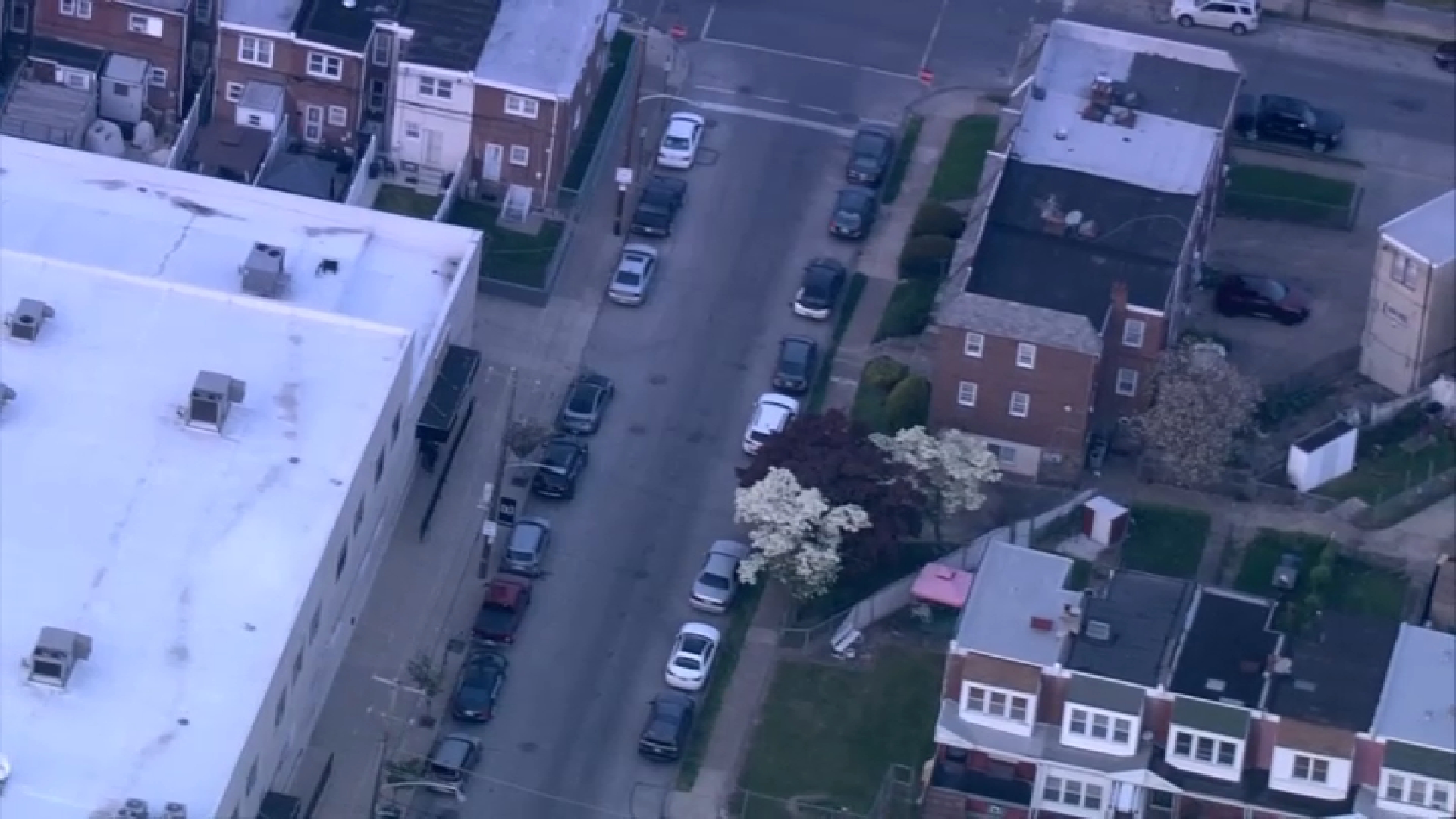In the middle of the 19th century, Mauricetown was a prosperous shipping village. Hard against the west bank of the Maurice River, it was home to ships' captains and their families, and the businesses that they operated.
They were well-traveled men, cultured, and often blessed with prosperity, and the homes they constructed reflected their success.
For the past several days, a large group of graduate students from the University of Delaware made the trip to Mauricetown and other areas of Cumberland County to study, document, and preserve the unique architectural history of a bygone era.
Each student was assigned a building, some, like the McGrail House, originally built by the Compton family in Mauricetown. Some of the students are preparing for careers in preservation work, museum work, or for non-profit organizations like historical societies or state agencies.
They all share a love of antique architecture and the study of building techniques from the past.
"It is definitely a different type of architecture than we are used to seeing in Delaware,'' Cate Morrissey told The South Jersey Times. Morrissey is a research associate with the University of Delaware's Center for Historic Architecture and Design.
"One of the hypotheses about Mauricetown is that perhaps the ships' captains were a little more worldly and brought back some of what they saw abroad. The houses are a little more elaborate and decorative.''
Local
Breaking news and the stories that matter to your neighborhood.
Many of them still stand today, and the little hamlet exists as an enclave of Victorian architecture and idyllic small town life that contrasts sharply with the heavily developed urban and suburban sprawl covering much of the Delaware Valley region.
"We are hoping to create a permanent record of the buildings as they are now,'' said Michael Emmons, who is seeking a master's degree in Historic Preservation.
"We want to try and shed some light on the building practices of the past. There is definitely a sense in Mauricetown that the people here really appreciate their history.''
It is also refreshing for the students to work in buildings that have been so lovingly cared for over the years. Many of the structures that they study are either dilapidated, in serious disrepair, or slated for demolition.
"It has been incredible,'' said another graduate student, Laura Proctor. "We didn't realize how helpful everyone here would be, especially as far as the folklore.''
And through their studies, the University of Delaware students are discovering some interesting aspects of 19th century home building in South Jersey.
One example, according to Proctor, is how home builders found stone for construction.
Mauricetown, like most of Cumberland County, is a land of sandy soil, due to its proximity to the Delaware Bay shoreline, and there is very little naturally occurring stone or rock in the area.
If a ship's captain wanted a slab of marble for a step, or a bit of granite to make a mounting block, or the stones to construct a foundation, it would have to be imported.
"We noticed these things and wondered, where did that marble and granite, that beautiful non-native stone come from?'' Proctor said.
Luckily for the resourceful builders there was a considerable store of stone available, just down along the river's edge.
"Ships would use stone as ballast,'' said Proctor. When they came up the Maurice River to take on trade goods the stone in the ships' holds would be tossed into the river.
"People would scavenge the stone from the river and use it for foundations, or doorsteps,'' Proctor explained.
It is through such small details that a portrait of the area's historic houses, and of the people who built and owned them, is developed.
Another way is to search through source documents from the period, many of which are still preserved by various government establishments, some dating back to the very beginnings of America.
One example is probate inventories, compiled to document a person's possessions upon his or her death.
"The surrogates office still has the original probate inventories for some of these homes,'' said Dr. Rebecca Sheppard, Acting Director of the University's Center for Historic Architecture and Design.
Even original will books from as far back as the 1700s still exist, and are preserved by local historical societies.
Next May the Vernacular Architecture Forum will be visiting South Jersey for its annual conference, and much of what the graduate students discover during their time here will be presented to the public.
There will also be a bus tour with historians and preservationists giving lectures and sharing information about design and architectural history; one of the stops will be Mauricetown.
Students will also be giving presentations of what they learned for the local communities and historical societies.
The study of Cumberland County homes was wrapped up on Friday.
So far, the community has made an impression on the group from University of Delaware.
"It's a really neat place,'' said Cate Morrissey. "I really like Mauricetown. It is nice to see a more undeveloped landscape.''



